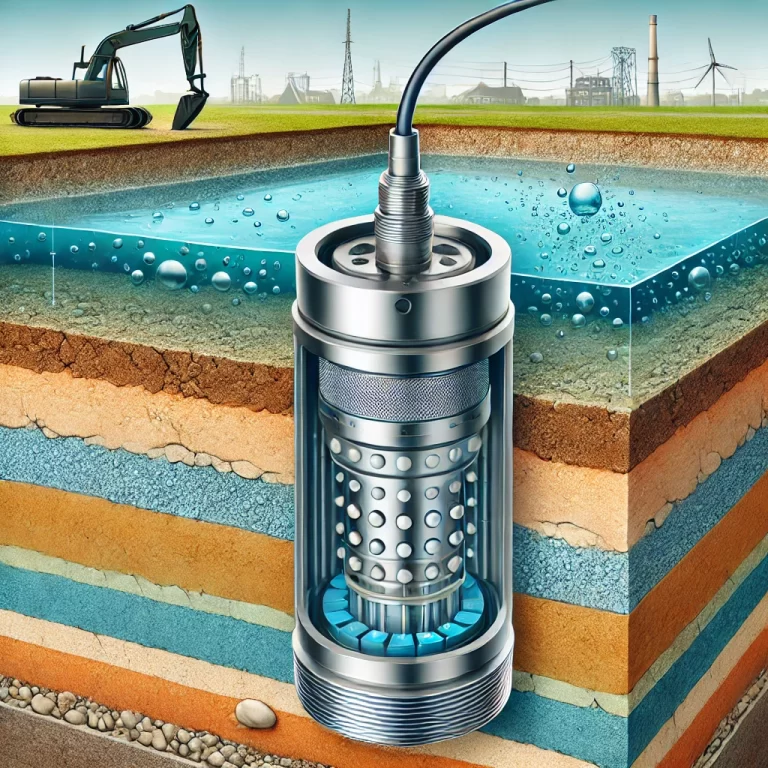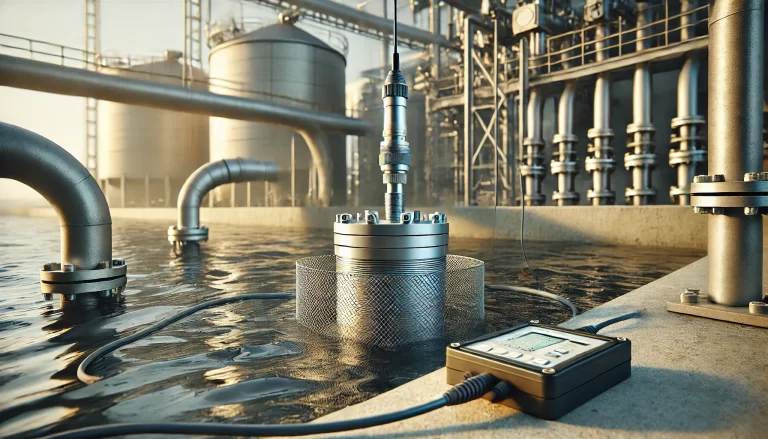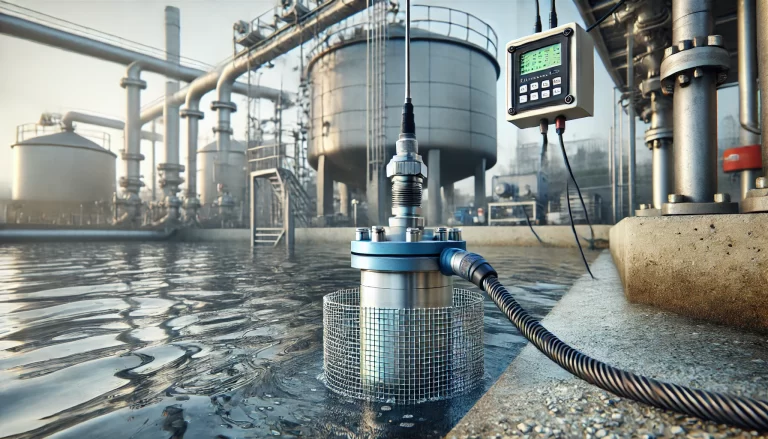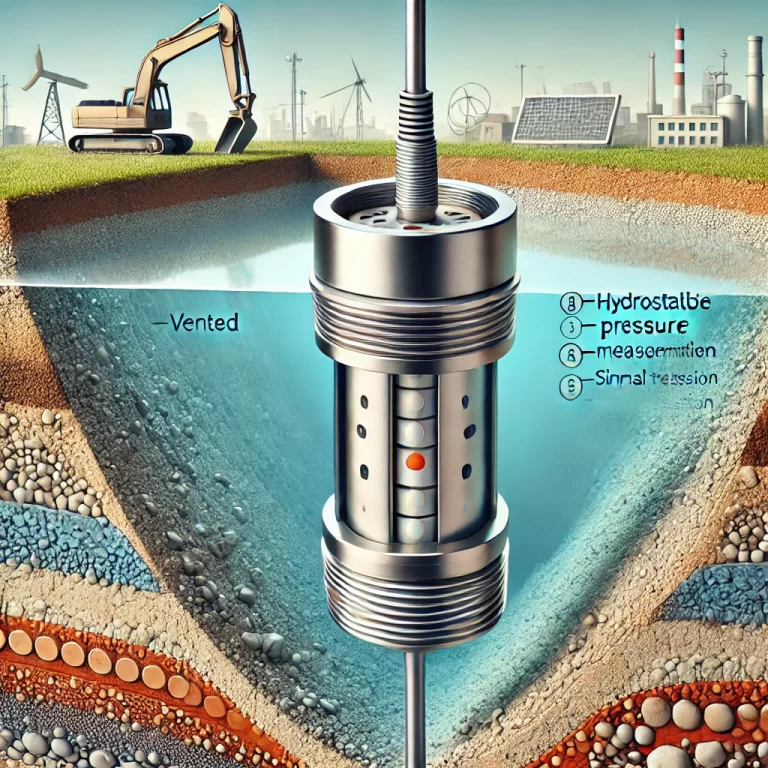As the summer flood season approaches, many regions are experiencing rising water levels, with some even exceeding historical records. In such scenarios, real-time water level monitoring becomes critical. Submersible level transmitters are widely used in applications such as reservoir level measurement and river depth monitoring. However, due to their installation in outdoor and often harsh environments, these devices are highly vulnerable to lightning strikes.
While most modern submersible level transmitters are designed with internal circuit protection to mitigate lightning-induced damage, no protection system is 100% foolproof. Therefore, it’s essential to implement additional external lightning protection measures to safeguard your monitoring system and ensure uninterrupted data collection.
Below, we provide four key recommendations for protecting submersible level transmitters from lightning damage.

1. Grounding the System Properly
A solid grounding system is the foundation of lightning protection. The metallic housing of the submersible level transmitter should be securely grounded to a low-resistance earth ground. Additionally, the following components should share a common grounding point:
24V power supply (negative terminal)
Signal ground of the transmitter
Data communication interfaces (e.g., RS485, analog signal input/output)
This ensures that potential differences caused by lightning surges are minimized, reducing the risk of current loops or voltage spikes damaging the equipment.
🔧 Tip: Ensure the grounding resistance is below 4 ohms where possible. Use copper ground rods and grounding conductors with appropriate cross-sectional area to handle high surge currents.

2. Install Surge Protection Devices (SPDs)
Lightning-induced voltage surges can easily exceed the voltage tolerance of your device’s internal components. Installing surge protection devices (also known as SPDs or surge arresters) at the power supply interface helps absorb and redirect excessive energy away from the transmitter.
These devices act as the first line of defense, especially during thunderstorms, by clamping high-voltage surges and discharging them safely into the ground.
🔧 Recommended: Choose SPDs that match your power supply voltage (e.g., 24VDC) and are rated for outdoor industrial use. Look for devices with fast response time (<25ns) and high discharge capacity.
3. Use Signal Line Surge Protectors
Protecting only the power supply is not enough. Signal lines—especially long analog or digital communication cables—can act as antennas, picking up electromagnetic pulses (EMPs) during a lightning strike. To prevent surge entry via the communication lines, install a dedicated signal surge protector.
Benefits include:
Maintaining signal integrity during storms
Preventing sensor/controller damage due to line-induced overvoltage
Ensuring continuous data transmission without interruption
⚠️ Note: Make sure the signal surge protector is properly grounded and compatible with your output type (e.g., 4–20 mA, RS485, etc.).

4. Perform Regular Inspections and Maintenance
Even the best protection system requires periodic inspection. Lightning protection components can degrade over time due to repeated exposure to electrical surges.
Set up a routine inspection schedule that includes:
Checking grounding resistance and continuity
Inspecting grounding rods, wires, and junctions for corrosion or damage
Verifying the condition of SPDs and replacing them if they show signs of wear or failure
Ensuring tight, clean electrical connections at all terminals
📆 Recommended frequency: Inspect every 6 months, or immediately after severe lightning activity in the area.

Conclusion
Submersible level transmitters are critical for flood control, hydrology studies, and water resource management. However, without proper lightning protection, these devices are vulnerable to failures that could lead to data loss or even equipment damage.
By combining internal circuit protection with well-planned external measures—grounding, surge protection, and routine maintenance—you can significantly improve the system’s resilience against lightning strikes.
Need help choosing the right lightning protection accessories for your submersible level transmitter setup? Feel free to contact us or consult with your local instrumentation supplier.
